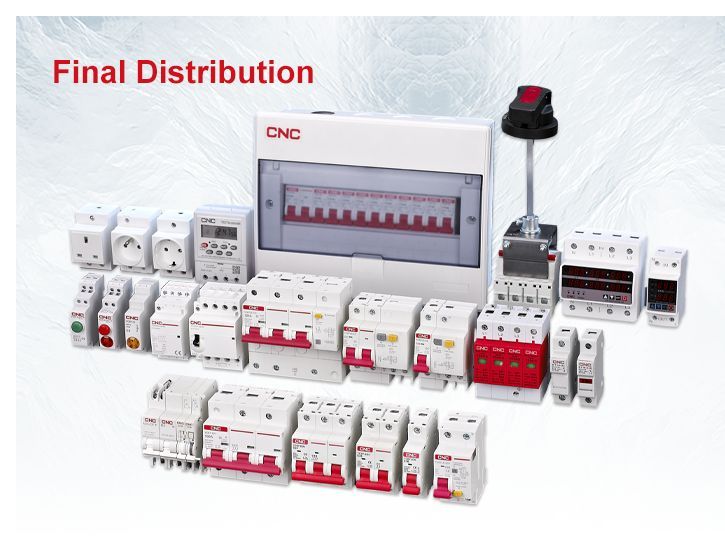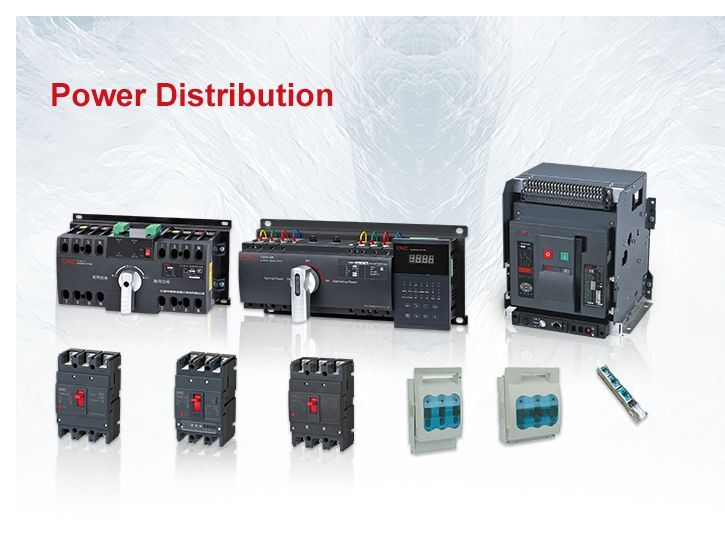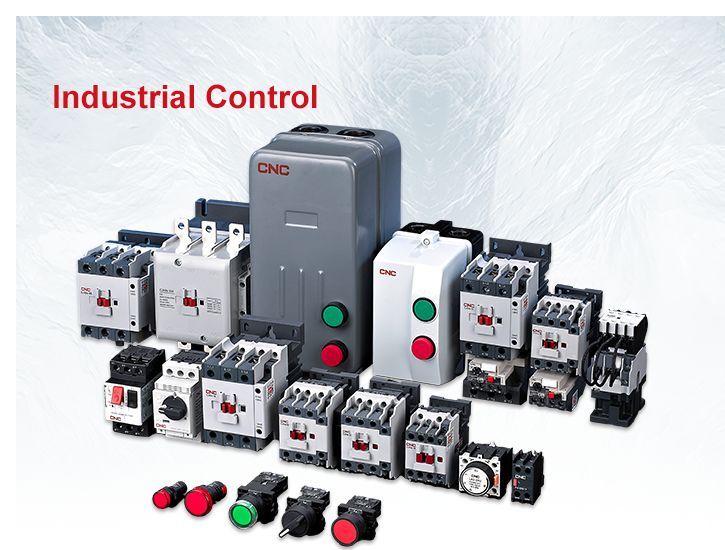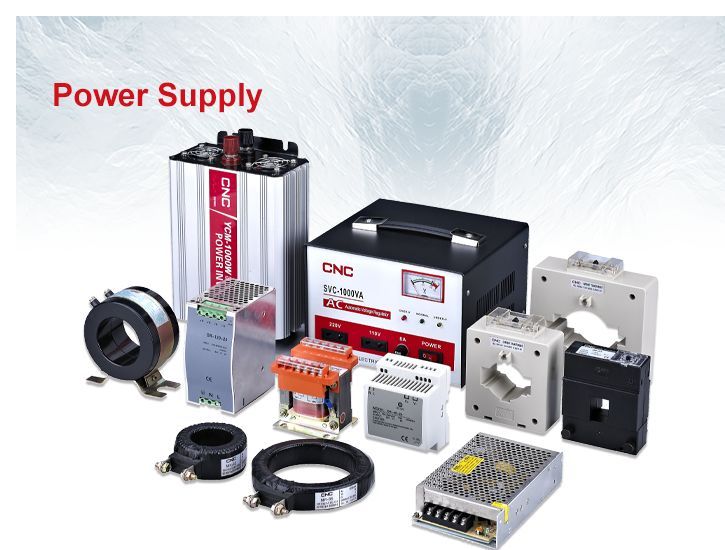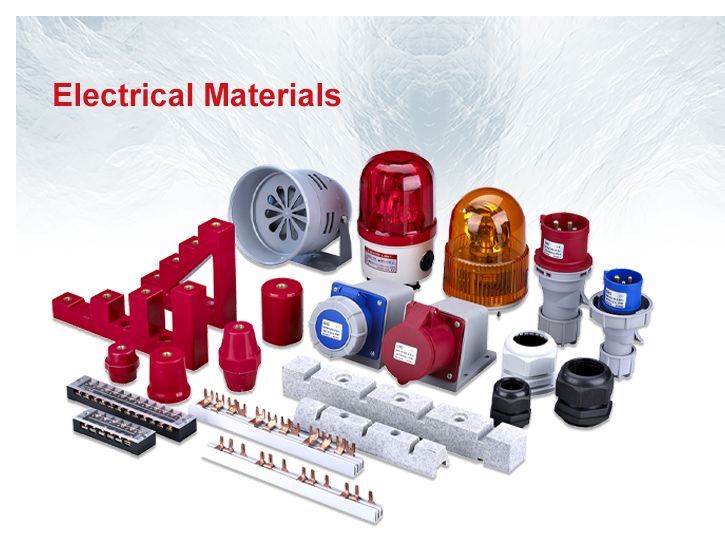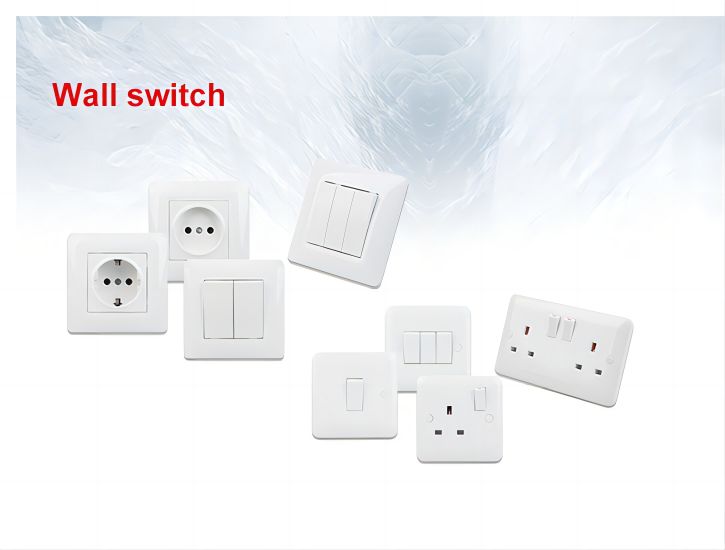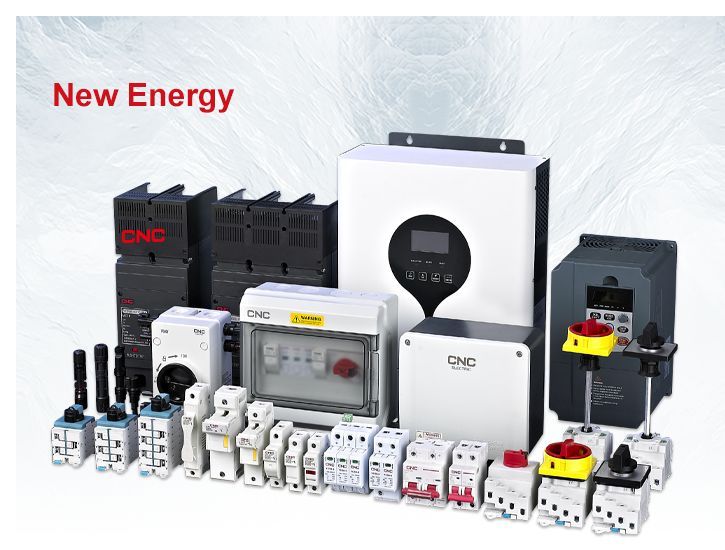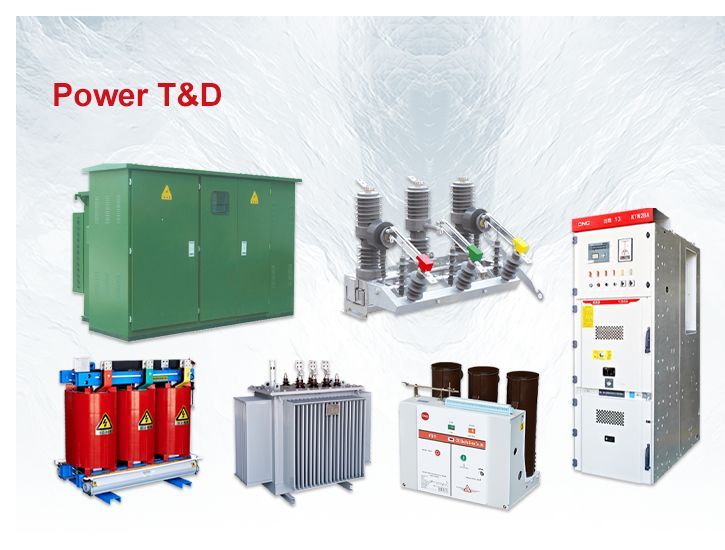In modern electrical systems, contactors play a crucial role in controlling circuits for motors, heating devices, welding equipment, capacitor banks, and more. These devices are essential for frequently switching on and off AC or DC circuits, enabling remote automatic control.
Particularly important in electric motor control and power distribution, AC contactors are widely used due to their versatility and reliability.
This article provides an in-depth look at AC contactors and their critical components, helping you understand their function in industrial, commercial, and residential electrical systems.
Components of an AC Contactor
Electromagnetic Mechanism: The core of the contactor is its electromagnetic mechanism, consisting of a coil, movable iron core (armature), and a fixed iron core. When the coil is energized, the armature is pulled towards the fixed core, closing the circuit and enabling the main contacts to operate.
Contact System: The contact system consists of main and auxiliary contacts. The main contacts control the primary circuit and are usually in a normally open position. The auxiliary contacts are used in control circuits, providing electrical interlocking or signaling functions. The auxiliary contacts are typically two pairs of normally open and normally closed contacts, labeled for easy identification and installation.
Arc Extinguishing Device: For contactors with a rated current of 10A or higher, arc-extinguishing devices are integrated to safely dissipate the electrical arcs generated when opening the circuit. For smaller contactors, a double-break bridge contact is used, while larger units rely on arc chutes and grids for effective arc suppression.
Other Parts: Other important components include return springs, buffer springs, contact pressure springs, and the external casing, all contributing to the safe and efficient operation of the magnetic contactor.
Key Technical Parameters of AC Contactors
Rated Voltage: The rated voltage refers to the voltage at which the contactor’s main contacts operate. Common voltage levels include 220V, 380V, and 660V for AC, while DC circuits often use 110V, 220V, or 440V.
Rated Current: This parameter defines the current that the contactor can handle under specified conditions, including voltage, usage category, and operating frequency. Common current ratings range from 10A to 800A.
Coil Rated Voltage: The coil is typically rated for AC voltages such as 36V, 127V, 220V, and 380V, or DC voltages such as 24V, 48V, 220V, and 440V.
Mechanical and Electrical Lifespan: As a frequently operated device, the lifespan of an AC contactor is a critical quality indicator, with both mechanical and electrical ratings reflecting its durability.
Operating Frequency: Operating frequency specifies how many times the contactor can safely operate within an hour, with typical values being 300, 600, or 1200 times per hour.
Operating Values: The contactor’s operating values, such as pickup voltage and release voltage, ensure reliable performance. The pickup voltage must exceed 85% of the rated coil voltage, while the release voltage must not exceed 70%.
Selection Criteria for AC Contactors

Load Characteristics: The type of load being controlled plays a significant role in selecting the right contactor. For instance, motors and capacitors require specific types of contactors due to their high inrush currents and switching demands.
Voltage and Current Ratings: Ensure that the rated voltage and current of the contactor are equal to or greater than the operational requirements of the circuit. For motor loads, the AC contactor must be chosen with consideration for start-up and operational modes.
Coil Voltage and Frequency: The voltage and frequency of the contactor’s coil must match those of the control circuit.
Working Principle of an AC Contactor
The control process of an AC contactor is straightforward. When the coil is energized with its rated voltage, an electromagnetic force is generated, overcoming the spring’s resistance and pulling the armature downward. This movement causes the main contacts to close, connecting the circuit, while the normally closed contacts open. Once the coil loses power or the voltage drops below the release value, the spring force pushes the armature back to its original position, opening the main contacts and closing the normally closed ones.
Conclusion
The magnetic contactor is an indispensable element in modern electrical control systems, especially for handling high inrush currents and ensuring remote control of circuits. Whether for industrial machinery or household appliances, the proper selection and maintenance of contactors are essential for safety and efficiency. By considering the operating environment, voltage, and load requirements, you can ensure the best performance from your AC contactors.
For more information on choosing the right contactor for your needs, feel free to explore our product range and find the ideal solution for your electrical system.
Post time: Sep-11-2024

 Projects
Projects.jpg) Solutions
Solutions Services
Services News
News About Us
About Us